#April2020
Text

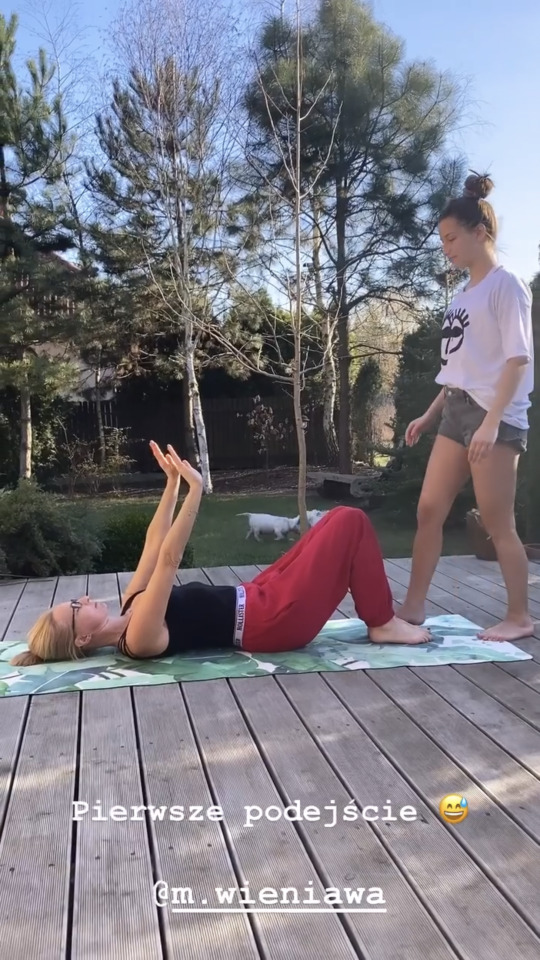

8th april 2020
0 notes
Photo

3rd april 2020
0 notes
Photo

Instagram Post | 2nd April 2020 Top by Saks Potts Sourced at: https://www.instagram.com/p/B-e_vHEB9t4/
#emilisindlev#instagram#instagrampost#2020#april2020#sakspotts#sakspottstop#sakspottscroptop#top#croptop
0 notes
Photo



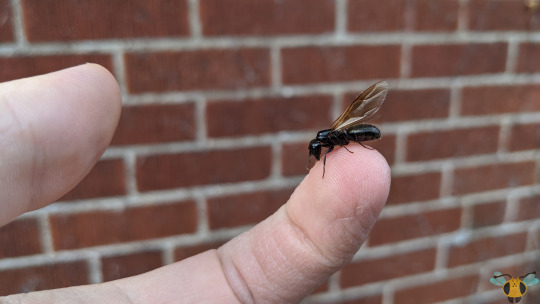

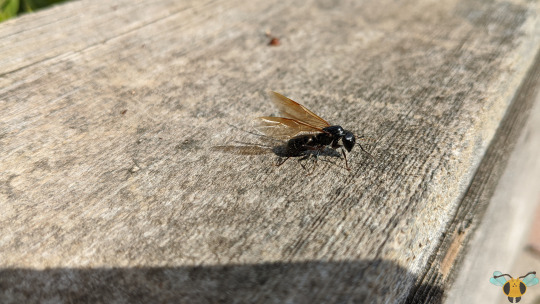

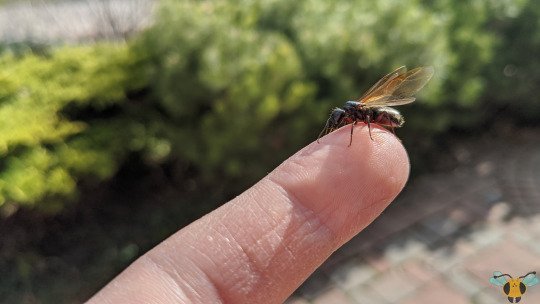
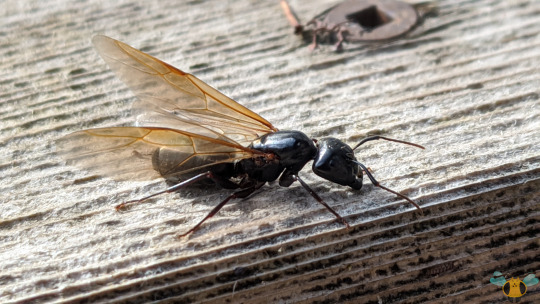

Carpenter Ant - Camponotus pennsylvanicus
Continuing on with visiting familiar species and adding more to them, I found these images in my “2020″ folder. What’s significant about these pictures, aside from the photography of these impressive alates (ready to form new colonies), is that they were the first to be taken with the Pixel 4. Not bad for a first try, though there were many more settings to alter in time for summer photography. With my fingers to provide scale, we get a sense of how big these individuals can be, and their much larger than their fellow worker Ants of their former colony. Fortunately, larger insects are more forgiving that smaller insects since the phone can actually focus on them. Macrophotography is still the best for doing the insects justice, but using this phone I think the quality was there. At least a gleam of quality as a start. With their simplicity, Ants offer a reasonable entry point to try capturing their finer details such as the serrations on their mandibles, the veins on their wings and the segments/joints on their antennae and wings. Not only did I take pictures that day, but also video too. You may recall this video from years ago, depicting one of the individuals moving slowly around my finger.
Though the weather was starting to turn warmer, seems that these alates didn’t muster energy to rush around on the ground. Perhaps they needed a bit more time to ready their wings and spend their energy reserves where absolutely necessary, and wings are very energy intensive. Our young queens-to-be need their wings for just long enough to get some distance from their original colony (unless they need a peripheral nest and colony expansion, oh my) and to have a successful nuptial flight (see HERE for a False Honey Ant example). If all goes well in the early spring (at least in Toronto), the young queen will land, shed her wings, and prepare for a new season by readying the first generation of workers which will tend to her. I’m not sure what lands this new generation will choose for their nest, but it’s safe to bet on rotting and dead sources of wood to be suitable. That’s why winged Ants tend to emerge from this area yearly; behind the solid planks are blocks of wood softened by rain, detritivores and age. There’s a brief glimpse of this in a gap in Picture 3. As long as the Ants stay around and don’t expand colonies into the house, we’re content to leave them be. If you’re concerned about colonies on your doorstep, be aware that if left to flourish and the queen is healthy, a colony can prosper for more upwards of 10 years!
Pictures were taken on April 9, 2020 with a Google Pixel 4.
#jonny’s insect catalogue#ontario insect#ant#carpenter ant#winged carpenter ant#hymenoptera#insect#toronto#april2020#2020#entomology#nature#invertebrates
1 note
·
View note
Video
38W3257 by Daniel D'Auria
Via Flickr:
The deer carcass in my back field certainly hasn't gone to waste. Five bald eagles along with a red shouldered hawk and turkey vultures visited yesterday. The eagles don't seem brazen enough to return since I placed a camouflaged camera trap setup out. This red tailed hawk doesn't seem to mind much, however. What a beautiful bird. The camera trap allows for a different perspective.
0 notes
Text






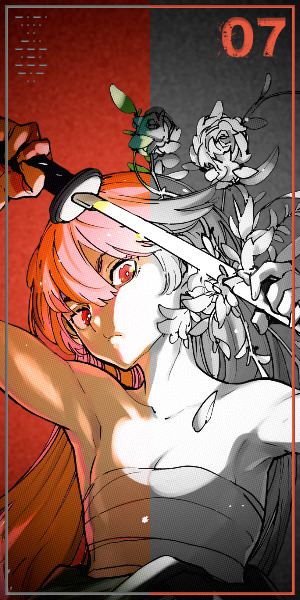

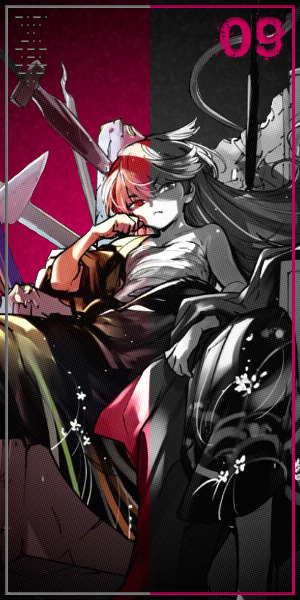



Yakuza Reincarnation (July 19, 2019 - Present)
4 Years / 11 Volumes
#yakuza reincarnation#sanaria ryuu lundberg#nagamasa ryumatsu#my edits#i may have started reading in april2020 but crazy nonetheless that it's already been four years. im happy the series is still ongoing!#i love everything about it very much! the story keeps my attention/the side characters are fun&lovable/the protagonist has become one#of my favorites ever/even the artwork is great & the volume covers are a perfect example! so despite me always preferring b&w i had to show#off this beautiful badass with color for once aahaha.. so hopefully it all looks alright because i actually really love how these came out.#oh& OF COURSE i realized the anniversary the day after! so was gonna be late regardless but starting&finishing this in a few days aint bad.
0 notes
Photo

Archive: April 2020 #WhitfordRoad #Bromsgrove #Sheep #April2020 #SheepOfInstagram #NationalLockdown #CatesbyEstates #StrategicLand #HillTop #WhitfordGreen #WhitfordHeights #BelwayHomes #BromsgroveTodayArchive — View on Instagram https://ift.tt/T4ktINz
0 notes
Photo
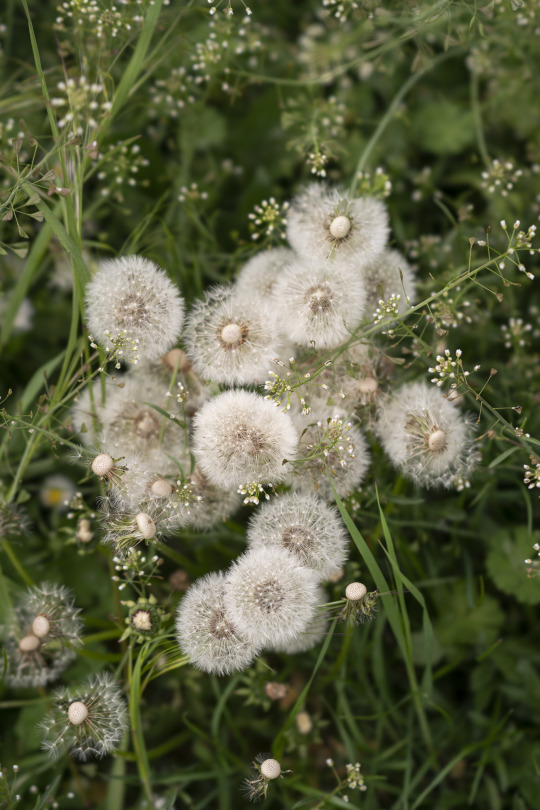
bunch of dandelions
#dandelion#blowball#Pusteblume#meadow#spring#photographers on tumblr#fotoblubb#Kristian Papp#April2020#apr20
2K notes
·
View notes
Text
youtube
HARRY STYLES - ELECTRIC BALLROOM (December 19, 2019) via HarryStylesVevo
431 notes
·
View notes
Photo
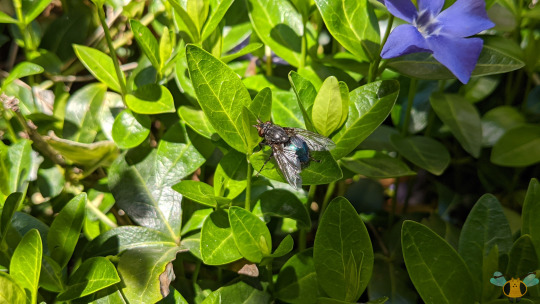
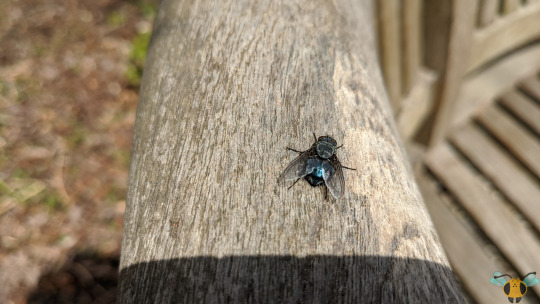

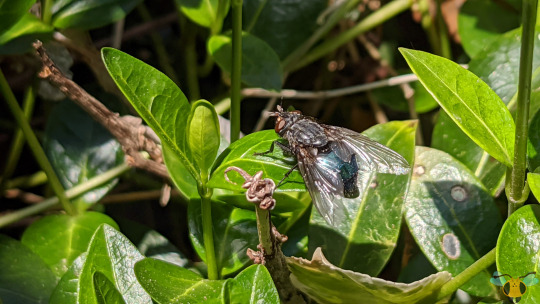

Blue Blowfly - Calliphora vicina
Toronto went and had an early day of spring this past weekend with 15°C temperatures and nice warm winds helping to evaporate the snow. The weather was so potent, that I did find a few insects that emerged early into a new year. Perhaps they emerged too early given the rain and snowfall that arrived yesterday, but insects are hardy and can handle tough conditions. New hiding spots may be needed until the weather is more stable, but having some insects active early is a good sign. One of those insects was a winged male Carpenter Ant, possibly just emerged in search of a winged female; the other insect was an inconspicuous Fly of a drab disposition, most likely a small Cluster Fly. It may have flown away all of a sudden, but it inspired this post which adds a widespread specie to the blog. It’s counterpart has been featured before, but I took my time with the identification of this specie to be as accurate as possible. Let me tell you what I learned along the way. That vibrant blue abdomen is plain to see and an easy marker of this specie, but you can’t stop just there.
Greenbottle Flies may be uniformly green and are easier to recognize, but just because a Fly has a blue abdomen, doesn’t make it a Bluebottle Fly. Even an all-blue body isn’t enough as the Greenbottle Fly can have an iridescent bluish sheen instead of green. Like many insect, it’s all in the details of identification (well, as much as one can do from just pictures). The Blue Blowfly has a dark-colored body with faint stripping and a wider abdomen compared to its green cousins. Overall, it’s much larger too! It may be easy to peg this Fly as a Bluebottle, but that wouldn’t be accurate as the Bluebottle Fly (Calliphora vomitoria) jowl (the cheek area of the face) is dark-colored. These individuals here have yellow-colored cheeks that are specked with black sensory hairs. Gives the Fly a bit of personality while also providing instruments to help the Fly gather information. Capture any photos of the face if you find one of these, along with the top of the thorax. Though there are many Calliphora species in North America you’re likely to find them circulating around flowers (as great contributors to spring pollination where possible) or around decaying matter. They have sharp senses for these things, especially the latter. It presents an opportunity to mingle and lay eggs! And with the dawn of a new spring, life will continue to flourish, even the somewhat messy Flies.
Pictures were taken on April 18 and May 4, 2020 with a Google Pixel 4.
#jonny’s insect catalogue#ontario insect#fly#blue blowfly#blowfly#insect#diptera#toronto#april2020#may2020#2020#entomology#nature#invertebrates
4 notes
·
View notes
Text


#emmaftweed#smoke weed#weed#smoke sesh#stay high#stoner girls#green#bud#dabs#420#connecticut stoner#stoner community#stoner babe#stoner blog#weed blog#april2020
232 notes
·
View notes
Photo
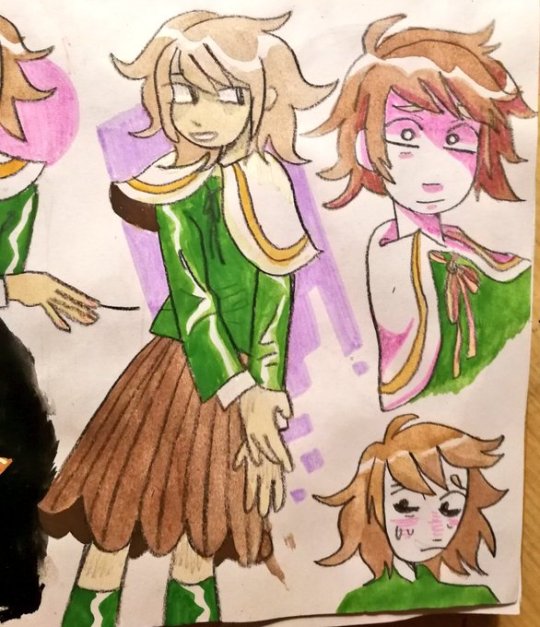
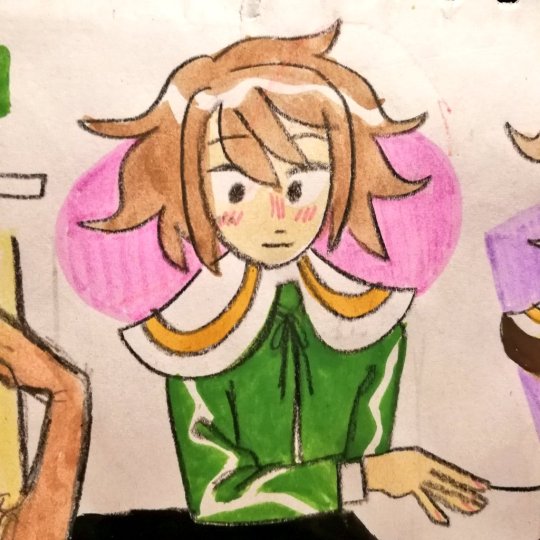
chihiro fujisaki! little lion hair
#gouache#miya himi gouache#chihiro#chihiro fujisaki#danganronpa#dr#danganronpa trigger happy havoc#april2020#2020#art#doodle#fanart
168 notes
·
View notes




